Coronavirus: Why you need new running shoes
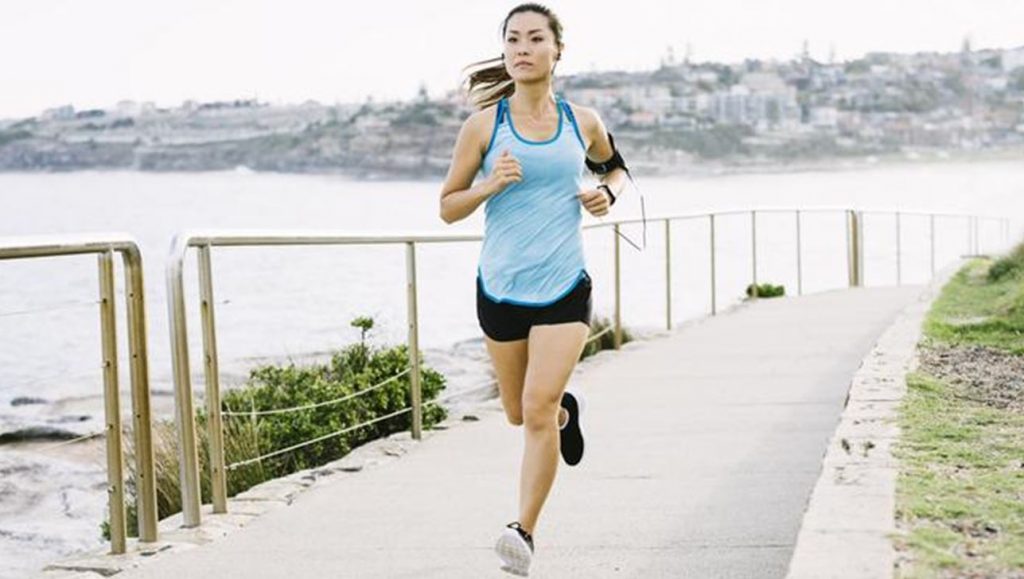


Shoes should be replaced after about 500km of running.
Parks and footpaths, roads and trails have been teeming with joggers since the pandemic forced other forms of exercise off-limits. But what many of those who have started — or restarted — running in the past three months don’t realise is that running shoes need to be replaced after a certain amount of miles. Which means that right now many of us need a new pair.
The support offered by a good pair of trainers doesn’t last for ever, and not replacing them can lead to tendon damage, plantar fasciitis and muscle strain. In theory you should change them before the EVA (ethylene vinyl acetate) that lines the soles of most running shoes breaks down. When that happens, important support is lost.
Most shoe manufacturers say that trainers need replacing after about 500km of running, and if you think that sounds a lot, bear in mind that you will reach the threshold after about five months if you run 5km up to four times a week.
In reality, the lifespan of a shoe depends on its structure — a minimalist model will not be as rigorous as a trainer designed for high mileage and trails — and also on the person wearing them.
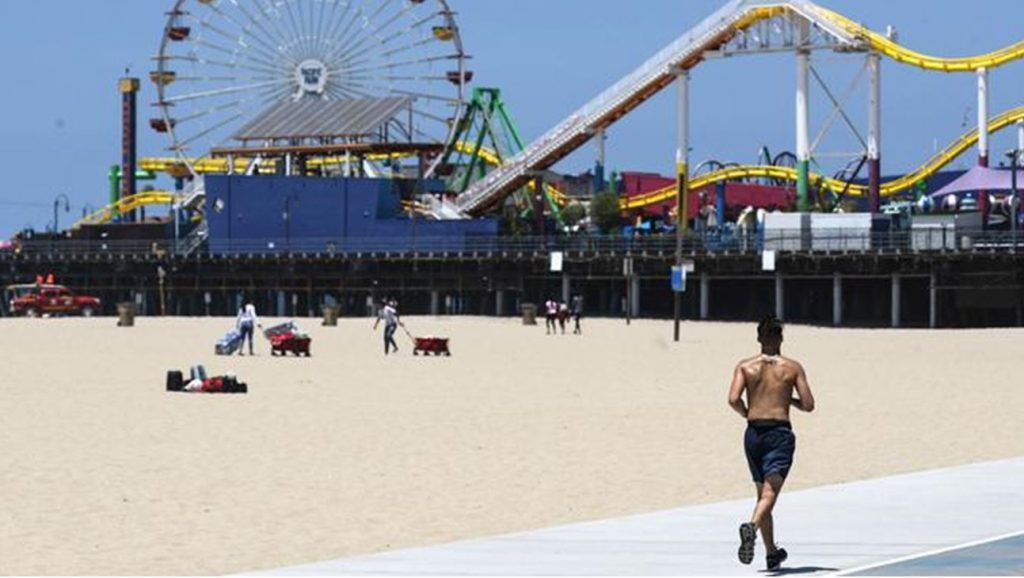


A jogger on Santa Monica beach in California. Picture: Getty Images
Many are already buying shoes online. But this is one purchase that it’s better to make in person if you can. You are risking injury if you don’t buy a shoe that suits your foot and running style. The best way to make sure that it does is to get an assessment in-store.
So, what should you be looking for?
The choice can be bewildering, from minimalist trainers to elite versions with carbon plates and anti-fatigue foam. That’s why it’s worth visiting a specialist running shop, says John Brewer, a professor of sport and the author of Run Smart.
“You will usually be able to have an analysis of your style, either basic filming on a treadmill or a more complex three-dimensional assessment of your movement pattern and forces.
“Staff can then help identify the shoe that best suits your running style and biomechanics so injuries are less of a risk.”
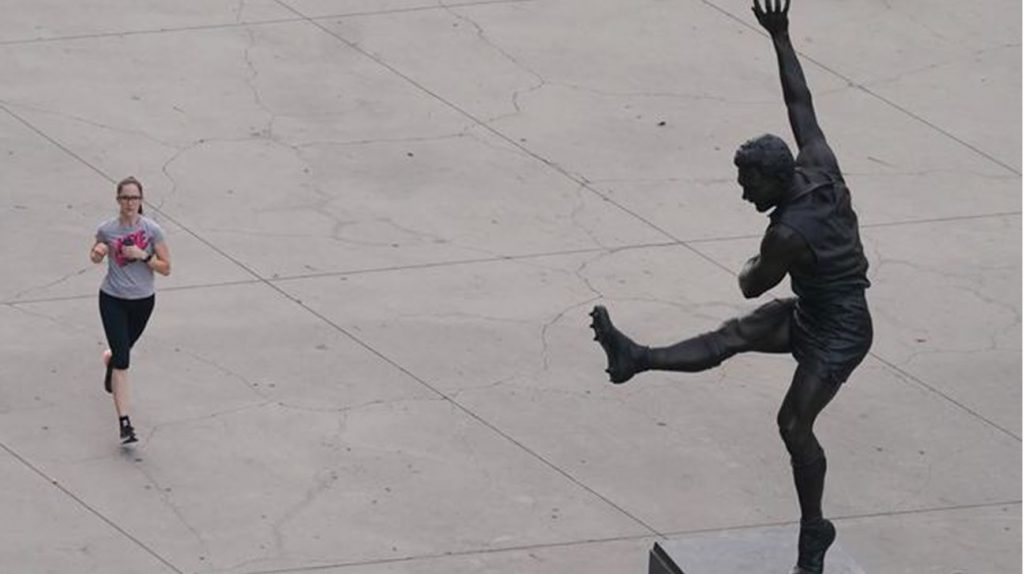


A lone runner passes the Ron Barrassi statue at the MCG in Melbourne last month. Picture: AAP
Don’t assume that the most expensive shoe is the best one for you. For example, at about $450, the featherweight Nike Air Zoom Alphafly Next per cent, the shoe Nike claims is its “fastest ever”, is hugely popular. It has an inbuilt carbon-fibre plate and is the latest incarnation of the shoe worn by the athlete Eliud Kipchoge when he broke two hours for the marathon last year, prompting a sales surge. But it really only suits a specialist market, Freary says.
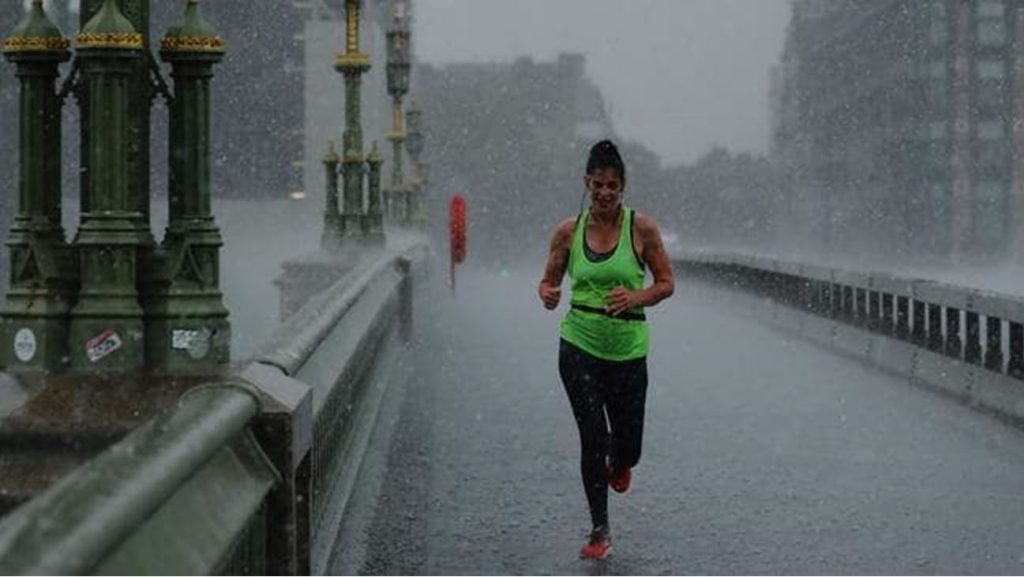


A weatherproof runner crosses Westminster Bridge in London, England. Picture: Getty Images
“A high-end, high-performance shoe won’t transform you into an elite runner and is not designed for everyday use. They are not built to be durable and the carbon plates in racing shoes are designed to change the natural leverage of the foot to move faster — they are designed for racing in and not suitable for general running.”
Freary says it is also a common misconception that you need a more cushioned shoe if you are heavier.
“A lot comes down to your running speed,” he says. “Mo Farah is very light, but hits the ground at around 13mph, which means the impact forces through his body are pretty much the same as for someone twice his weight who hits the ground at a slower speed.”
Comfort and good fit — most people wear trainers that are a size too small — should be the main considerations.
The Times
The Australian recommends …
Some eccentrically designed running shoes reappear after three decades with the mysterious honour of being kitschy cult classics.
Some shoes don’t need to wait that long. They’re born with it. To wit: Hoka’s new Clifton Edge ($259.95).
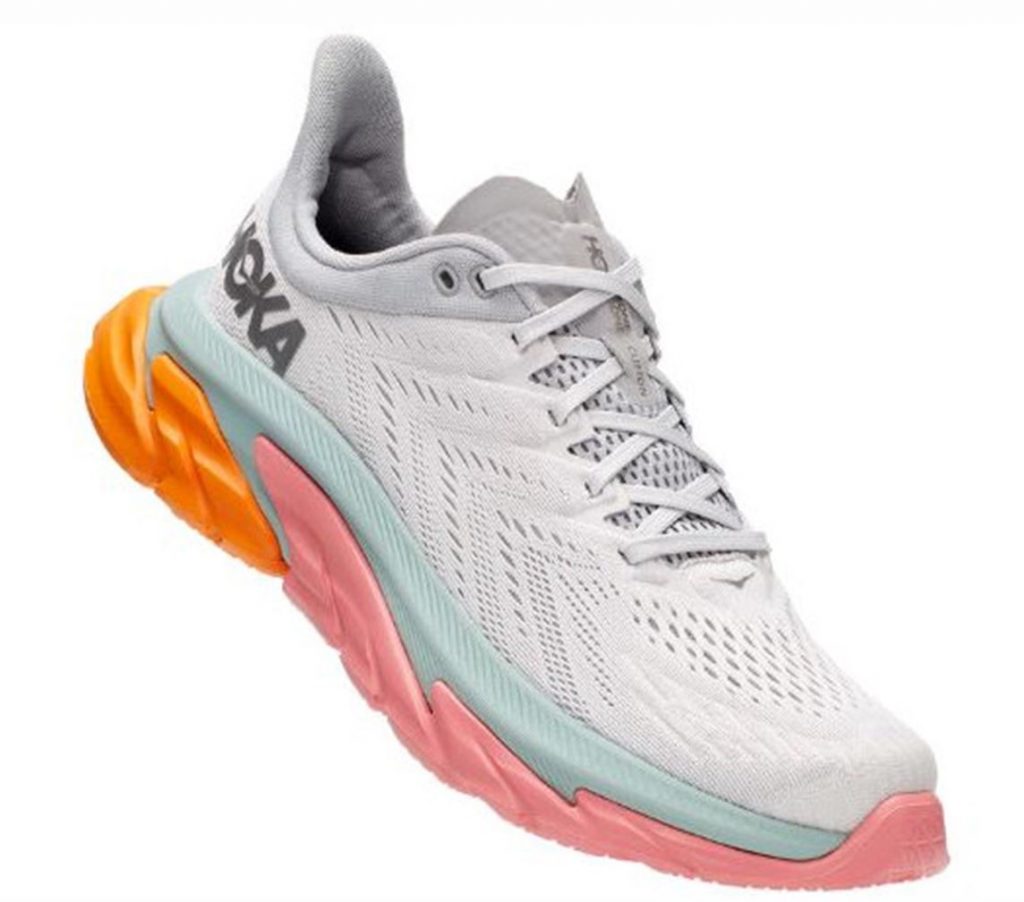


The Hoka Clifton Edge in unisex colours
Fear not, they come in other colours and are actually useful for sporting endeavours — unlike other cult favourites such as the Adidas Superstar (back in fashion for the third time in 50 years yet still offering a hard slab of rubber for support. Kids never learn).
The Clifton Edge offers added stability via an extended heel designed to allow earlier ground contact and a better transition to the toe. Note that we are back talking about a runner’s heel striking the ground. Hoka is not a shoe for those determined to run on their toes. You will not find Hoka fans “earthing” themselves barefoot on the grass alongside NSW rugby league coach Brad Fittler or Justin Langer, Australian cricket’s trippy druid.
Hoka runners are more likely to challenge themselves by running around Freddy Fittler’s footy ground for days on end, defying the soul-crushing boredom and hoping the added support in their shoes will save joints and muscles.
The extra supports makes Hoka shoes the meeting place for absurdly serious runners and those of us who just need to transfer our lockdown pounds from the sofa to the soccer pitch.
Still not convinced by the zany colours and chunky soles? Next week Hoka updates its no-nonsense model, the Clifton 7 ($229.95). The early Clifton iterations helped the world make sense of Hoka’s soles, becoming a staple for ultra-distance types and the crowd smashing out 5km for Parkrun each weekend.
Also released in the next few weeks is a close sibling of the Clifton, the lighter Rincon 2 ($199.95).
Alister McMillan
Get A Gym Membership Today.
Call now, we’d love to welcome you to our Southport Gym.
